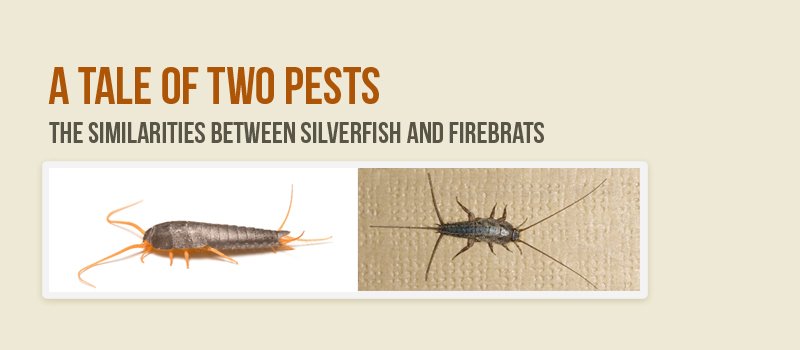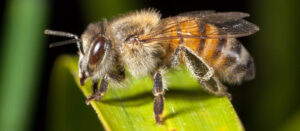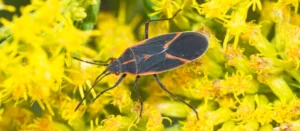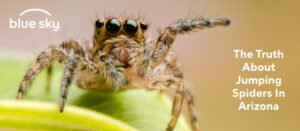$50 OFF New Residential Customers. Learn more
Silverfish and Firebrats: A Tale of Two Pests

“It was the best of pests, it was the worst of pests…” Ahem. No one wants insects invading their home, and silverfish and firebrats are two of the most common household pests in American homes today – and they’re two of the most commonly misidentified insects because they’re so similar to each other. Here are some tips on how to tell these two insects apart and how to prevent these pests from causing damage to your home or commercial property. We have offices in Phoenix and Gilbert and serve the entire metro area including Mesa, Chandler, Glendale, and Peoria. Click here to get your free quote.
Similarities Between Silverfish and Firebrats
Both firebrats and silverfish are similar in shape. They have flat, elongated bodies and move quickly for their size. At the front of their bodies, they have two long antennae, while on the other end of the body they have three long appendages called cerci. According to the University of Missouri, both insects have a similar diet, which consists of materials that may contain starches or carbohydrates, including paper, glue, books, and flour. Both are nocturnal; they are active and feed during the night and rest during the day. They can survive without food for several months, making it difficult to get rid of them even if you do manage to remove most of their food sources.
Differences Between Silverfish and Firebrats
Despite the many similarities between firebrats and silverfish, they also display a number of differences that will allow homeowners to tell them apart. For example, silverfish get their name from their silvery or pearl gray appearance. On the other hand, the firebrat is a dull gray with mottled spots and dark bands around the body. Silverfish prefer cool, moist areas, such as in the bathroom around sinks and tubs or in the attic or basement. Firebrats, however, get their name because of their love for heat and are more often found in dark places with temperatures above 90 degrees, such as fireplaces, around hot water pipes, furnaces and ovens. Firebrats also tend to be slightly smaller than silverfish.
Silverfish and Firebrat Damage
Although these insects are not considered major pests, they can cause serious damage to personal property. Due to their preference for materials containing starch, they can cause damage to books, papers, and other paper-based products. They also have a preference for adhesives and can cause damage to wallpaper and related items. They like starchy foods, so they often contaminate cereals, flour, and other staples containing carbohydrates.
Silverfish and Firebrat Prevention
Here are a few tips on how to prevent silverfish and firebrat infestations.
- Because both insects prefer moist areas, removing excess moisture may help keep them from moving in. For example, keep surfaces in bathrooms, kitchens, boiler rooms or any other place these insects may prefer completely dry. Check pipes and repair any leaks. Also, ventilate moist paces or use a dehumidifier to remove excess moisture.
- Seal holes in walls, pipes, drains or any other possible entry points where these insects could get into your home.
- According to the University of Minnesota, you should get rid of any old books, paper, boxes, old or rotting shelves, fabrics or any other similar objects that may be lying around, or store them in a place where these pests cannot get to them.
- Put starchy foods, such as cereal, flour or pet food, into airtight containers that cannot be accessed by these pests.
Conclusion on Silverfish & Firebrats
While silverfish and firebrats do look similar, differences in their appearance, behavior, and habitat will allow you to easily distinguish between the two. By taking reasonable precautions and following the above steps, you can prevent the infestation of silverfish and firebrats in your home.
Related Posts

Killer Bees in Arizona? Understanding Africanized Bees and How to Coexist Safely
You’ve likely heard the term “killer bees” used to describe Africanized bees in Arizona, but did you know this nickname…

Red & Black Intruders: Meet Arizona’s Boxelder Bugs
Boxelder Bugs in Arizona If you’ve ever stepped outside and spotted a cluster of black-and-red bugs crawling on your porch…

Jumping Spiders in Arizona: Harmless or Hazardous?
Jumping spiders in Arizona might be small, but they can certainly give you a big surprise when they suddenly appear…